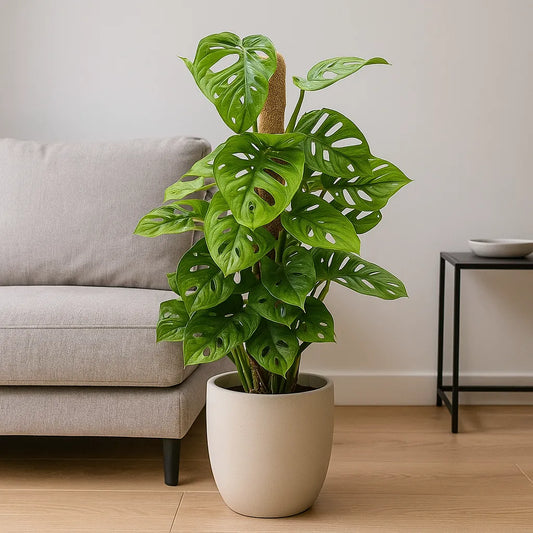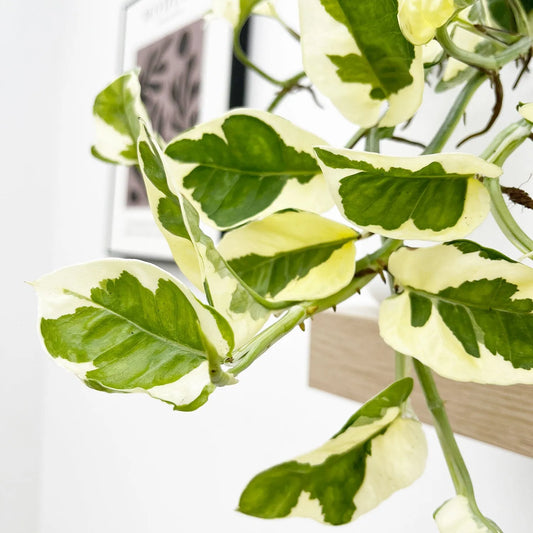Guide to using lacewings on houseplants
Lacewings are highly effective beneficial insects that help maintain a healthy, balanced indoor garden by controlling various pests. These graceful insects are both attractive and advantageous for your houseplants. This detailed guide will provide you with the essential knowledge to attract and care for lacewings in your home, leveraging their natural abilities to create a thriving, pest-free indoor garden.
- Why Lacewings Are Beneficial
Lacewings offer several benefits to your indoor garden:
- Lacewing larvae are voracious predators that feed on various pests, such as aphids, mealybugs, and mites.
- They can help reduce the need for chemical pesticides, promoting a more eco-friendly gardening approach.
- Adult lacewings consume nectar and pollen, making them important pollinators for your flowering houseplants.
- Attracting Lacewings to Your Indoor Garden Keywords: attracting lacewings, nectar-rich plants, diverse plant species
To attract lacewings to your indoor garden, follow these tips:
- Incorporate nectar-rich plants, such as dill, coriander, or cosmos, which provide food sources for adult lacewings.
- Create a diverse plant environment that offers shelter and breeding opportunities for lacewings.
- Purchase lacewing eggs or larvae from a reputable supplier and release them into your indoor garden following the supplier's instructions.
- Caring for Lacewings in Your Indoor Garden
Ensure your lacewing population thrives in your indoor garden with these guidelines:
- Maintain proper ventilation and humidity levels to create a comfortable environment for lacewings.
- Minimise or eliminate pesticide use, as chemicals can harm lacewings and disrupt their natural lifecycle.
- Provide continuous food sources by incorporating a variety of plant species that attract and support different types of pests.
- The Lifecycle of a Lacewing
Understanding the lacewing lifecycle can help you better care for these beneficial insects:
- Eggs: Lacewings lay their eggs on hair-like stalks attached to leaves or other surfaces, often near pest colonies.
- Larvae: Once hatched, the larvae are the primary predators, consuming large numbers of pests during their two-to-three-week development.
- Pupae: The larvae will spin a cocoon and pupate, transforming into adult lacewings.
- Adults: Adult lacewings emerge from their cocoons and continue to feed on nectar and pollen while searching for mates to reproduce.
Lacewings are a valuable addition to any indoor garden, helping to maintain a healthy and pest-free environment for your houseplants. By attracting, nurturing, and understanding these elegant insects, you can create a thriving, balanced indoor garden that flourishes without relying solely on chemical interventions. Embrace the beauty and utility of lacewings, and enjoy the lush, vibrant greenery of your houseplants.










